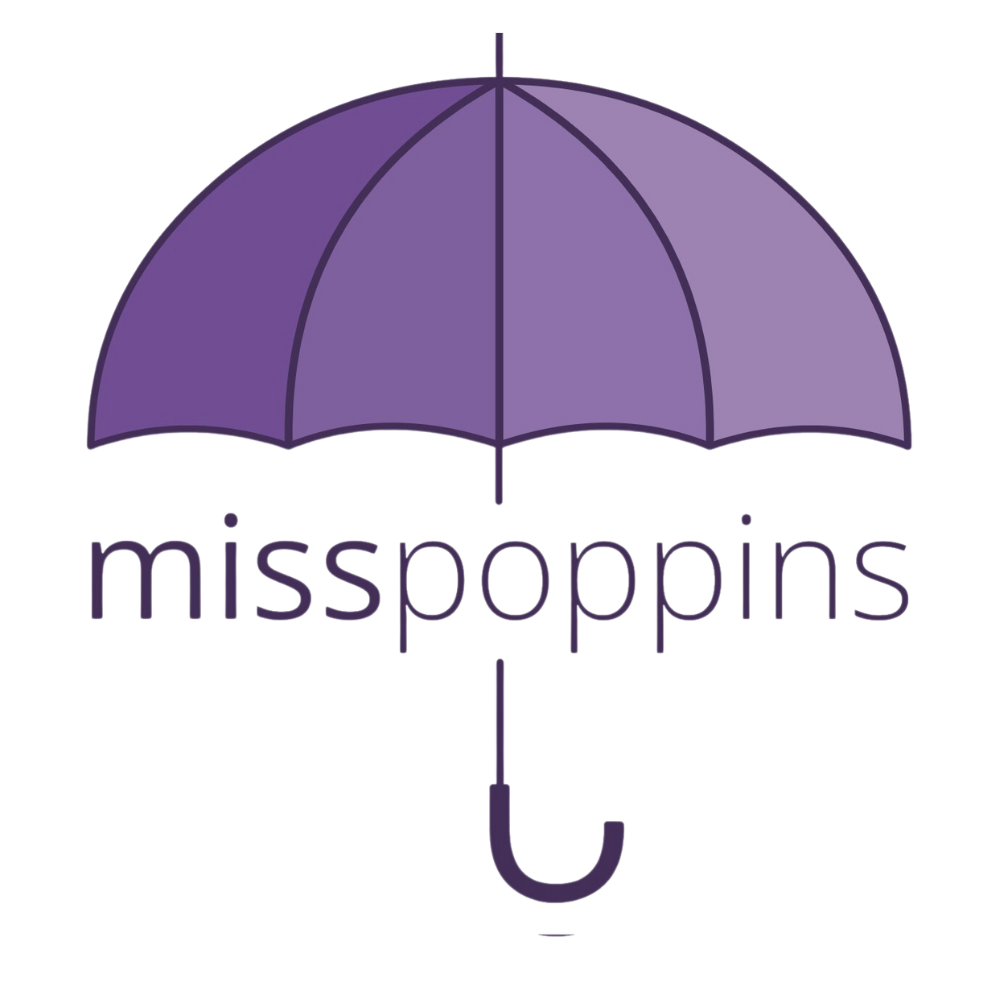Activities You Can Do With Your 9-Month-Old Baby
At 9 months, your baby is rapidly developing their language, motor skills, and understanding of the world around them. Engage with them through a variety of activities to support their growth and make learning enjoyable.
Fun Activities for Your 9-Month-Old Baby
Language Development
Word Repetition: Continue to repeat the words they say, like “mama” or “dada,” and introduce new words such as “book,” “pen,” “toy,” and “color.” This helps build their vocabulary.
Hand Gestures: Teach simple hand gestures like waving for “bye,” shaking their hands for “hello,” and moving their head sideways for “no” and up and down for “yes.”
Play and Exploration
Mat and Tummy Time: Place toys and objects around their mat during tummy time. Encourage them to roll, crawl, or scoot to reach and play with these items.
Peek-A-Boo: Cover your face with a cloth and see if they enjoy pulling it off, followed by a cheerful “Peek-A-Boo!”
Food and Self-Feeding
Texture and Taste: Introduce a variety of foods with different textures, colors, and tastes. Always supervise them during mealtime.
Sippy Cup: Offer a small sippy cup with water to help them learn to drink independently.
Routine and Independence
Goodbyes and Self-Soothing: Inform your baby when you’re leaving a room and reassure them that you will return. This helps them adjust to separations and learn self-soothing.
Routine Establishment: Implement consistent sleep and feeding routines to provide structure.
Following Instructions
Simple Commands: Give your baby simple instructions like “please sit down” or “come to me” and encourage them to follow these commands.
Sleep Needs
Sleep Requirements: Ensure your baby gets 10-12 hours of sleep daily to support their overall health and development.
Object Recognition
Describing Objects: Describe objects and toys to your baby, helping them recognize and understand their environment.
Reaction to New Situations
New Experiences: Observe your baby’s reactions when introduced to new situations or people, and provide comfort and support as needed.
Facial Expressions
Explaining Emotions: Help your baby understand their feelings by describing their facial expressions and the emotions they signify.
Conclusion
These activities will help nurture your baby's development at this exciting stage. Engage in these interactions to support their growth in language, motor skills, and emotional understanding. For additional guidance, please contact your pediatrician and refer to the CDC’s guidelines here.

